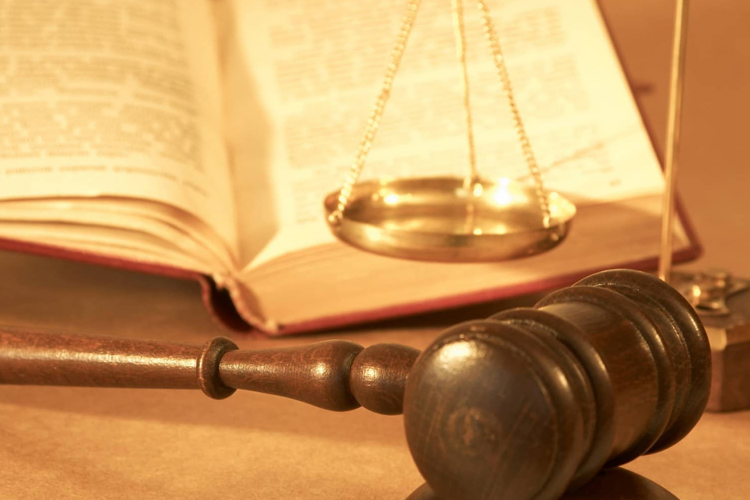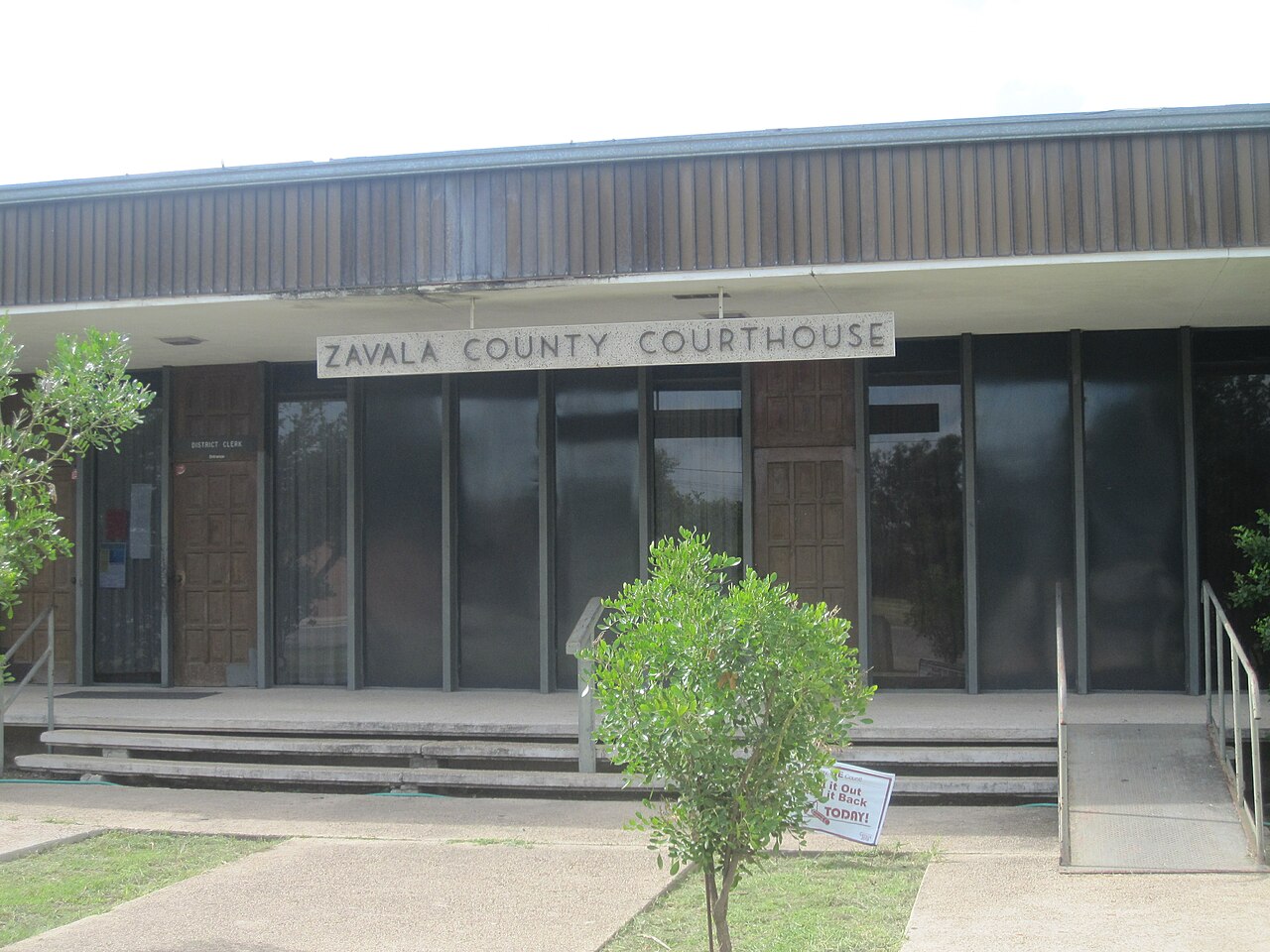Houston Bankruptcy Filing It the Right Way
Filing for bankruptcy requires you to do a lot of things and you need to be very organized about your plans, documents, and your goals so that you won’t miss a single thing during the whole legal proceedings. This way, you can expedite the whole process and let’s you move on with your life faster.
For starters, you would need to ensure that you file for the proper community in Houston. For instance, if you’re living in Channelview, you would then need to file for Channelview bankruptcy. The same rule applies if you live in the Highlands community, which you will need to file for Highlands bankruptcy. This is how it works in Houston bankruptcy. It is more organized for everyone too.
Here are the steps that you would have to follow as soon as you have decided that you want to file.
- Familiarize Yourself with the Subject.
Take the time and effort to really learn everything about the bankruptcy law in the State of Texas. You might want to ask your lawyer a lot of questions regarding this topic. He should be able to help you understand everything that you need to know with the procedure, what to expect, and all that.
- Prepare all Financial Documents.
Next thing that you need to do is to ensure that all your bank accounts, financial statements, assets, liabilities, pending debts, and other relevant paperwork are collected and carefully documented. Organize everything and bind it so that it will be easier to read.
- Check the means test calculator.
This interesting means test calculator can help you determine your options. This is a great way for you to know how you can protect your assets or how you can liquidate it. This will also assist you if you’re eligible to Chapter 7, Chapter 13, or both.
- Know Which Properties are Exempted.
Texas has an exemption law wherein creditors can’t seize certain properties. However, this depends on the overall rate and value of the said asset. Make sure you discuss this with your lawyer right away.
- Pre-filing Credit Counsel.
Now this is required and you can’t move on with your case if you don’t go through the credit counsel. You have options too. You can either attend the seminar personally or you can use the phone and go from there.
- Fill Up Bankruptcy Forms.
This can be quite tedious because you will need to fill up a lot of forms, minimum of thirty pages and maximum of fifty. Be very careful too because all information must be true and factual. No mistakes are allowed or else, you will need to fill up the whole thing all over again.
- Courthouse Visit
Next stop, it is time for you to visit the court so you can meet the trustee. This will determine whether or not you will be discharged from the debts. You will also need to file motions to further protect your assets.
- Credit Education Session.
This is mandatory and you need to go through with this one before the court can give you the Discharge Order.
- Move On with your Life.
As soon as you’ve received the order, start a new life free of debts.
Please visit our website for more information about us and bankruptcy.
Call us today at (713) 974-1151 to schedule a no-obligation consultation or feel free to email us at [email protected].
[paypal-donation]













